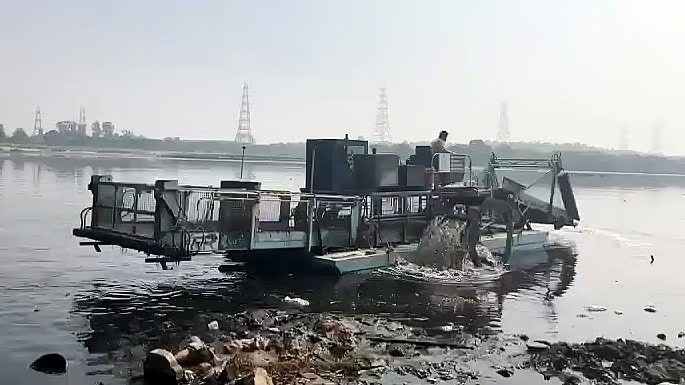
A Renewed Commitment to Clean the Yamuna
In a significant move to address Delhi’s long-standing water pollution issues, Prime Minister Narendra Modi convened a high-level meeting to discuss the revitalization of the Yamuna River and the improvement of the city’s water supply infrastructure. This initiative aligns with the Bharatiya Janata Party’s (BJP) manifesto, which prioritized the cleaning of the Yamuna during the recent Delhi Assembly elections. The BJP’s victory, securing 48 out of 70 seats, marked its return to power in Delhi after a 27-year hiatus.
The Four-Pronged Strategy for River Cleaning
The Delhi Lieutenant Governor (L-G), Vinai Kumar Saxena, has unveiled a comprehensive four-pronged strategy aimed at cleaning the Yamuna within three years. The plan includes deploying trash skimmers, weed harvesters, and dredging utility crafts to remove debris and pollutants from the river. Simultaneously, efforts are underway to connect all city drains to sewage treatment plants (STPs) to prevent untreated wastewater from flowing into the river. Additionally, the construction of common effluent treatment plants in industrial areas is being expedited to manage chemical waste effectively.
Monitoring and Accountability
To ensure the success of this ambitious project, the L-G’s office has emphasized the need for seamless coordination among various agencies, including the Delhi Jal Board, Irrigation and Flood Control Department, Municipal Corporation of Delhi, Environment Department, Public Works Department, and the Delhi Development Authority. Regular monitoring at the highest level is planned to track progress and address challenges promptly. The Delhi Pollution Control Committee has been tasked with maintaining strict vigilance over industrial units to prevent the discharge of untreated effluents into the drains.
Political Dynamics and Accountability
The cleaning of the Yamuna has been a contentious issue between the BJP and the Aam Aadmi Party (AAP). The L-G’s office has accused the previous AAP government of stalling rejuvenation efforts by obtaining a stay from the Supreme Court after the National Green Tribunal constituted a High-Level Committee to oversee the project. This delay allegedly led to a significant increase in pollution levels in the river earlier this year.
The Vision for a Transformed Yamuna
Inspired by successful riverfront projects like the Sabarmati Riverfront in Gujarat, the Delhi government plans to transform the Yamuna’s banks into vibrant public spaces. Minister Parvesh Verma has announced the development of the Yamuna riverfront to create a tourism and cultural hub along the river’s course. Special drives are being conducted to clean the riverbanks and develop green zones, aiming to restore the river’s ecological balance and enhance its aesthetic appeal.
Challenges and Public Participation
Despite these efforts, challenges persist in the cleanup process. A report by the Delhi Pollution Control Committee highlighted that several drains flowing into the Yamuna have biological oxygen demand levels exceeding standard limits, indicating high contamination. Additionally, faecal coliform levels at sewage treatment plants have reached alarmingly high levels, further complicating the cleanup efforts. Minister Verma has urged Delhi residents to take responsibility for the river’s health, emphasizing that preserving the Yamuna is not only the government’s duty but also the responsibility of every citizen.
Conclusion
Prime Minister Modi’s recent meeting underscores the government’s commitment to addressing the Yamuna’s pollution and improving Delhi’s water supply infrastructure. With a clear strategy in place, coordinated efforts among various agencies, and active public participation, there is hope for a cleaner and healthier Yamuna in the near future. The success of this initiative will not only enhance the city’s environmental health but also contribute to its cultural and economic vibrancy.















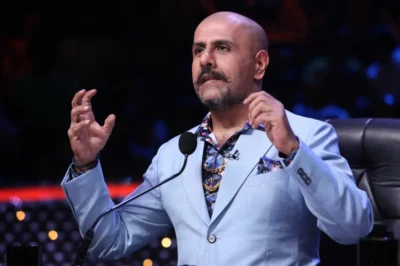









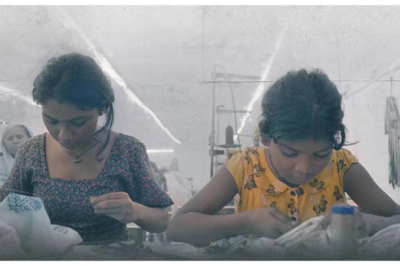

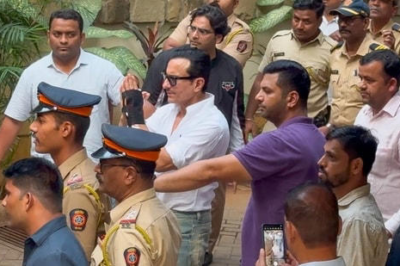
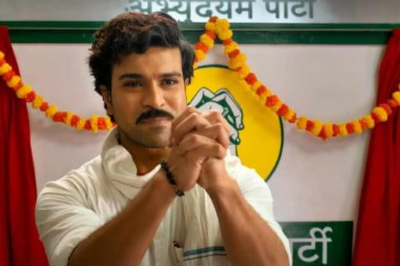




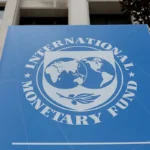


Leave a Reply